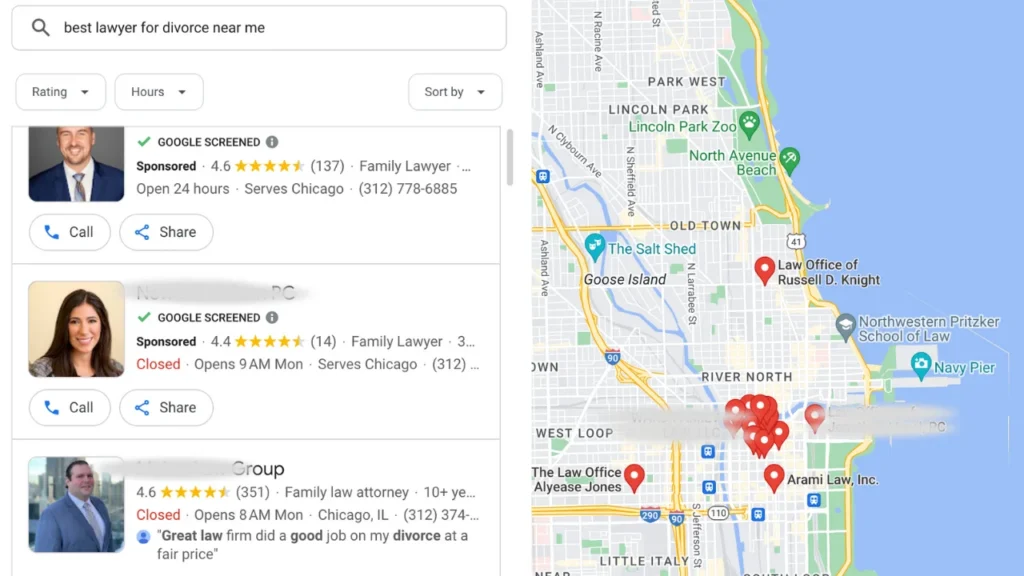Home » 10 easy tips for effective content marketing
Today, we’re all swimming in ads. From the moment we wake up, we see thousands of ads daily. Standing out in this sea of ads can seem impossible for a small business. But there’s a secret weapon: content marketing.
Let’s explain how the following 10 easy tips for effective content marketing can help your small business shine.
What Is Content Marketing?
Content marketing is sharing useful content and tips with your customers without selling hard. It’s about blogs, videos, or infographics that help people learn something new or solve a problem. This approach helps people notice your brand and trust it.
Why Go for Content Marketing?
Content marketing does two big things. First, it helps more people learn about your business without spending much money. Second, it’s a way to connect with your customers more naturally. When you share useful content, people are more likely to share it with others. This means even more people learn about your brand.
10 easy tips for effective content marketing for your small business
1. Know Who You’re Talking To
Understanding your audience is crucial. Dive into their interests, problems, and what they value in a product or service. Use surveys, social media interactions, and customer feedback to build a detailed profile of your typical customer.
This knowledge allows you to craft content that resonates, whether it’s solving a common problem or sharing insights on trends they care about.
Tailored content feels personal and can turn casual readers into loyal customers.
2. Match Content to Customer Journey
Each piece of content should serve a purpose along the customer’s journey:
- Awareness Stage: Create educational blog posts, infographics, and videos that address the initial problems or needs your potential customers might have.
- Consideration Stage: Share content like detailed guides, webinars, and case studies that showcase your expertise and the benefits of your products or services.
- Decision Stage: Use product demos, customer testimonials, and comparison sheets to help customers purchase.
Mapping your content to these stages ensures you’re providing valuable information every step of the way, gently guiding potential customers toward a purchase.
3. Start a Blog
A blog is a powerful tool for driving traffic to your website and improving SEO rankings. Regularly updated blogs with high-quality, SEO-optimized posts are favored by search engines, making your site more visible. Moreover, a blog allows you to establish authority in your industry, providing a go-to resource for customers seeking information and solutions.

Social media amplifies your content’s reach. Each platform has its unique audience and best practices, from the visual appeal on Instagram to the conversational tone on Twitter.
Share snippets of your blog posts, create platform-specific content and engage with your followers to build a community around your brand. Social media is also great for real-time feedback and fostering direct communication with your audience.

5. Send Emails
Email marketing remains one of the most effective ways to reach and engage your audience. Regular newsletters, exclusive offers, and personalized content keep your subscribers informed and interested in your brand.
Segment your email list to deliver tailored messages that cater to different audience interests and behaviors, maximizing engagement and conversion rates.

6. Plan Your Content
A content calendar is essential for maintaining a consistent publishing schedule. It helps you plan for key dates, holidays, and industry events, ensuring your content is relevant and timely.
A well-organized content calendar also allows you to balance different types of content, keeping your audience engaged and informed without overwhelming them.

7. Reuse Your Content
Maximize the value of your content by repurposing it across different formats. Turn a blog post into an infographic, a series of social media posts, or even a podcast episode.
This approach saves time and caters to different audience preferences, increasing the chances of your content being seen and shared.
8. Get Customers Involved
User-generated content, such as customer reviews, testimonials, and social media posts, adds authenticity to your brand. Encourage your customers to share their experiences with your products or services. Not only does this provide you with valuable content, but it also builds trust with potential customers who see real people vouching for your brand.

9. Keep Track of Results
Measuring the performance of your content marketing efforts is key to understanding what resonates with your audience. Use analytics tools to track engagement, conversions, and website traffic. Analyze which types of content perform best and adjust your strategy accordingly.
Regularly reviewing your content’s performance helps you refine your approach and invest in what works best for your audience and business goals.

10. Optimize for Search Engines
Making your content easy to find on search engines is crucial. SEO (Search Engine Optimization) ensures that your content appears in front of the right people at the right time. Here’s how to weave SEO into your content marketing strategy effectively:
- Keyword Research: Start by identifying your target audience’s keywords and phrases when searching for information related to your products or services. Tools like Google Keyword Planner or SEMrush can help you find relevant keywords.
- On-Page SEO: Incorporate these keywords naturally into your content, including titles, headers, and body text. However, avoid overstuffing your content with keywords, as this can negatively affect readability and search engine rankings.
- Meta Descriptions and Titles: Write compelling meta titles and descriptions for your pages and posts. These snippets appear in search results and can significantly impact click-through rates. Make sure they accurately describe the content and include your primary keyword.
- User Experience (UX): A website that’s easy to navigate and loads quickly provides a better user experience, which is a factor search engines consider when ranking sites. Ensure your website is mobile-friendly and has a logical structure.
- Backlinks: High-quality backlinks from reputable sites signal to search engines that your content is valuable and trustworthy. Guest blogging, creating shareable infographics, and producing high-quality content can help you earn backlinks.

Making Great Content
Here’s how to make content that attracts people:
- Research Well: Make sure your content is helpful and interesting. Know what your customers are looking for.
- Remember SEO: Use keywords so people can find your content easily.
- End with a Call to Action: Always suggest a next step. It could be to read more, sign up, or buy something.
Content marketing is a powerful way to get your small business noticed. It’s about being helpful and building trust with your customers. Start with these simple tips, and you’ll see how your business can grow.
Need more than 10 easy tips for effective content marketing?
Ready for an effective content marketing strategy that makes your business stand out online? We specialize in creating tailored content marketing strategies that resonate with your target audience and drive results.
From SEO optimization to engaging blog posts and impactful social media campaigns, our team has the expertise to help your brand shine online. Don’t let your content get lost in the noise. Schedule your FREE Call today to start creating content that connects and converts.